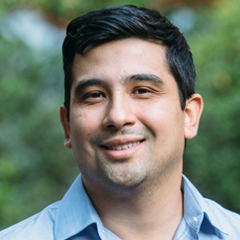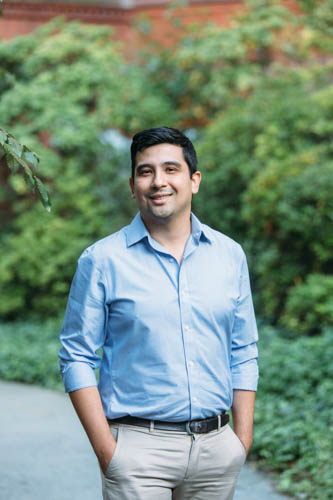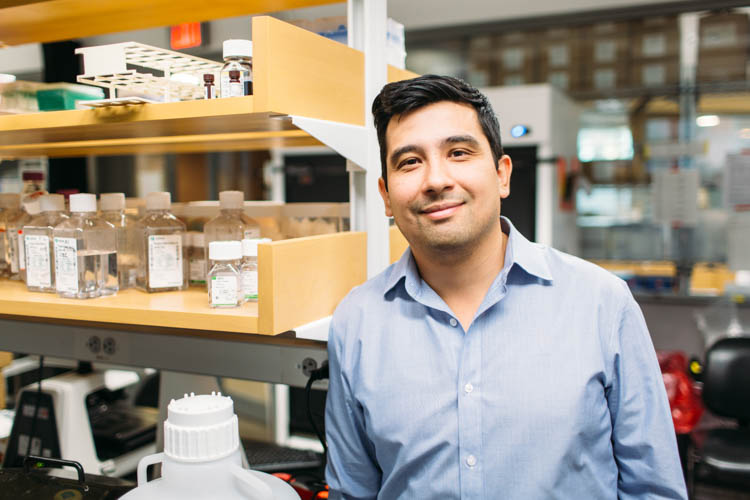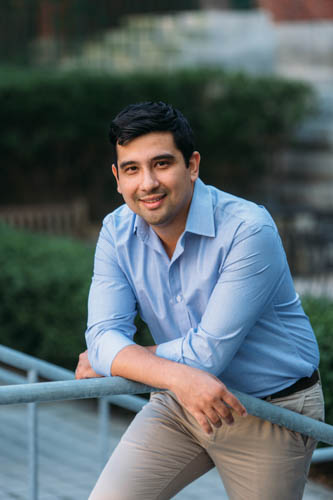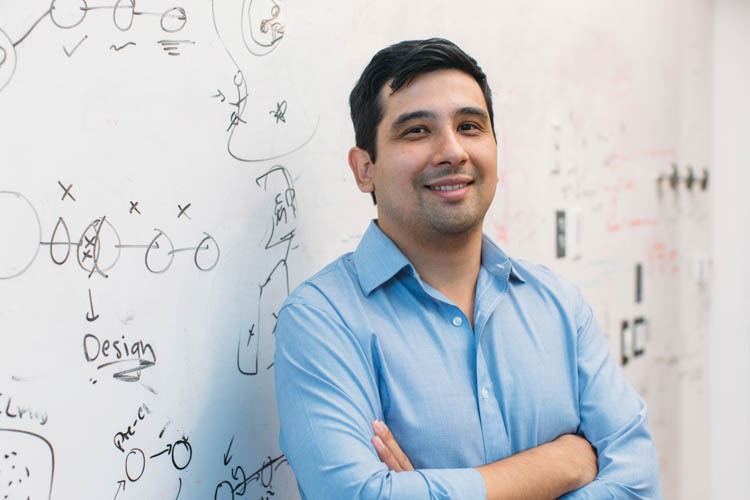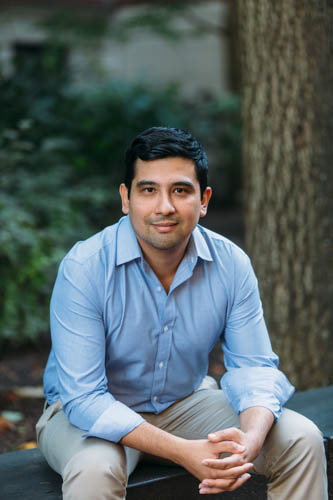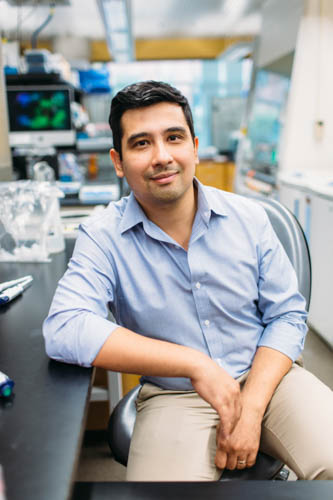About Jason’s Work
Jason Buenrostro is a cellular and molecular biologist investigating the mechanisms that regulate gene expression. He has developed several new technologies that provide deeper and more detailed views into how and when genes are expressed, or “turned on.” Understanding the variability in gene expression—when, in what physical contexts, and by what mechanisms different genes are turned on—requires detailed characterization of individual cells.
As a graduate student, Buenrostro created ATAC-seq, a highly sensitive and accurate method for identifying regions of the genome that are open, or accessible, for expression. ATAC-seq identifies where chromatin (a complex of DNA and proteins that packages genetic material into compact structures) has made a section of DNA accessible for transcription, the process by which DNA information is copied to messenger RNA and transported to the cell’s protein-making machinery. ATAC-seq is easier to use and less expensive than other methods and has become the standard tool for research on chromatin accessibility. It also requires many fewer cells than other methods, enabling researchers to use actual cellular samples from individual patients and improving detection of rare cellular subtypes. Buenrostro extended this platform with programmable microfluidics to analyze chromatin accessibility in single cells. Buenrostro and colleagues have used single-cell ATAC-seq to track changes in chromatin accessibility across the trajectory of human blood cell formation and to identify specific transcription factors that regulate blood cell development and disease. He went on to develop SHARE-seq, which allows simultaneous identification of accessible DNA and gene expression in the same single cell. Using SHARE-seq and innovative computational methods, Buenrostro and his collaborators established that certain areas of accessible chromatin correlate to genes that determine a cell’s lineage, or what type of specialized tissue or organ a cell will become. They then demonstrated that measurements of these accessible domains of regulatory chromatin can be used to predict cell lineage choice prior to transcription.
More recently, Buenrostro has developed DNA sequencing methods to better understand how spatial context impacts cellular function. Keeping cells in their original locations within tissues allows investigation of how different cell types impact and are impacted by surrounding cells. Buenrostro and colleagues developed slide-DNA-seq, which identifies the spatial location of genetic mutations. In the context of cancerous tumors, slide-DNA-seq gives reseachers a better understanding of the unique evolutionary pathways of cancer cells and of potential treatments. Through tool development and his own research, Buenrostro brings researchers closer to deciphering key genetic mechanisms of cell development and cellular function and to understanding their impact on health.
Biography
Jason Buenrostro received a BS (2009) from Santa Clara University and a PhD (2016) from Stanford University. He was subsequently a Junior Fellow in the Harvard Society of Fellows at Harvard University as well as a Broad Institute Fellow (2016–2018). Buenrostro is currently an associate professor in the Department of Stem Cell and Regenerative Biology at Harvard University and an institute member of the Broad Institute of MIT and Harvard (2018–present). He has published in a variety of leading journals, including Science, Nature, Cell, Nature Genetics, and Proceedings of the National Academy of Sciences, among others.
Published on October 4, 2023







